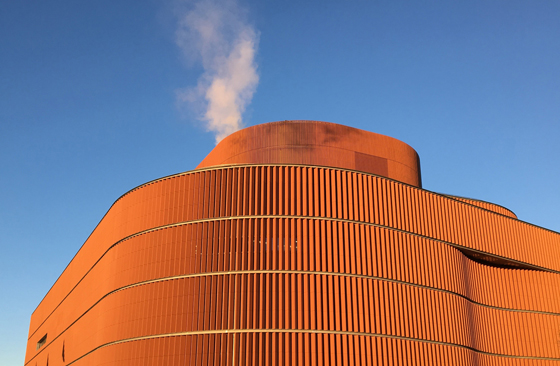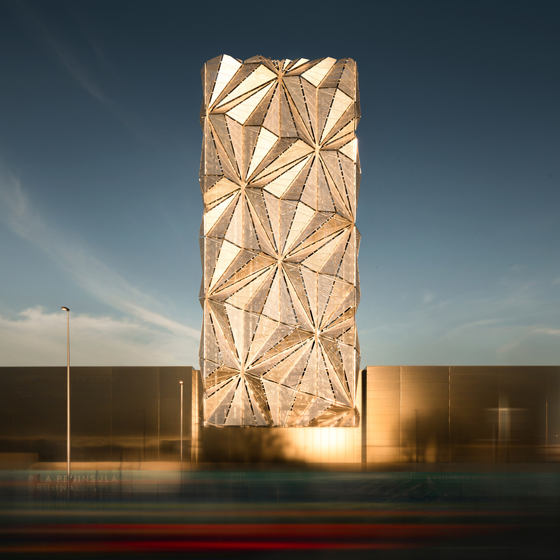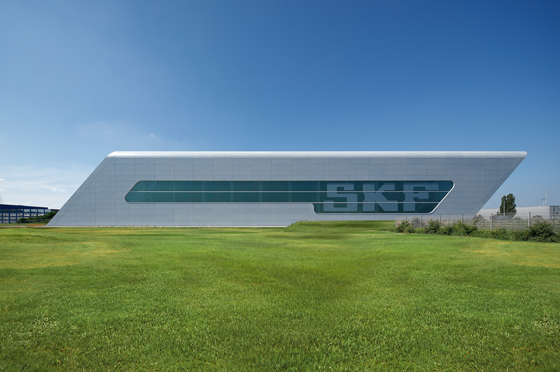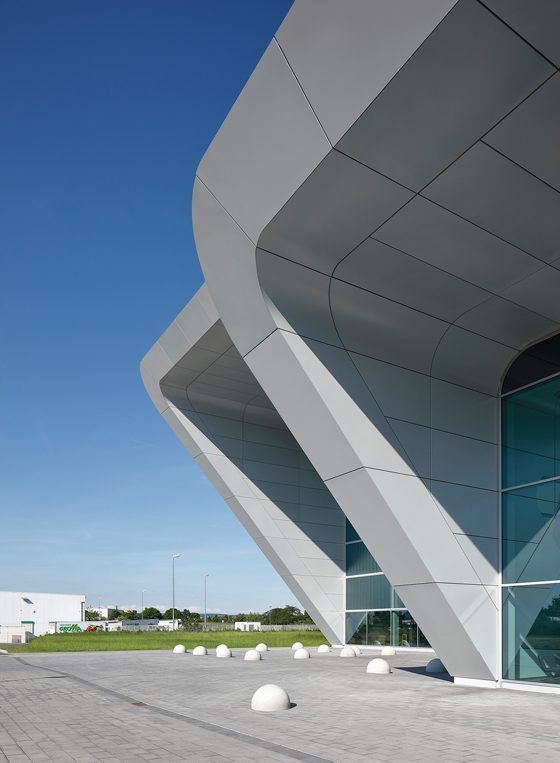I've got the power: new energy plants
Text by Peter Smisek
22.01.18
New power stations around the globe are wielding the rhetorical power of architecture. Confident, sculptural forms, signifying the confident, new world of cleaner technologies.
The Värtaverket biomass power plant in Stockholm is one of the largest in the world. Brick-coloured slats allow for variable positioning of openings in the building envelope. Photographer: Robin Hayes

The Värtaverket biomass power plant in Stockholm is one of the largest in the world. Brick-coloured slats allow for variable positioning of openings in the building envelope. Photographer: Robin Hayes
×In the past, power stations were often conceived as mighty industrial cathedrals burning coal, but the result of this was often that the area around them was unpleasant, clogged with smoke and soot. With cleaner technologies, a new generation of the power plants have become better neighbours and are once again welcome additions to the city.
The Greenwich Peninsula Low Carbon Energy Centre will supply heat for almost 16,000 new homes, saving around 20,000 tonnes of carbon emissions annually. Photographer: Mark Hadden

The Greenwich Peninsula Low Carbon Energy Centre will supply heat for almost 16,000 new homes, saving around 20,000 tonnes of carbon emissions annually. Photographer: Mark Hadden
×Take the Greenwich Peninsula in East London on which the Danish Practice C. F. Møller collaborated with artist Conrad Shawcross. The power plant – a long black volume – contains the latest in low-exhaust boilers that are set to heat the neighbouring residential development, while the adjoining 49-metre smokestack is given a faceted sculptural cloak made from perforated metal panels.
Stanford University’s Central Energy Facility is a functional showpiece of state of the art sustainable technology. Photographers: Steve Proehl (1), Robert Canfield (2, 4), Tim Griffith (3)

Stanford University’s Central Energy Facility is a functional showpiece of state of the art sustainable technology. Photographers: Steve Proehl (1), Robert Canfield (2, 4), Tim Griffith (3)
×Stanford University prides itself for producing some of the world's finest engineering and information technology graduates. Now, it can also boast that it has eliminated all dependence on fossil fuels; instead, its new power plant combines 150,000 photovoltaic panels with a unique heat recovery system. Slashing the university’s greenhouse gas emissions by 65%, this impressive facility by ZGF Architects allows visitors and staff alike to look inside the plant and experience the technology first hand.
Thanks to the abstract nature of the ceramic slats on the facade, the Värtaverket power plant achieves a sublime form of contemporary monumentality in its urban context. Photographers: Gottlieb Paludan Architects (1, 4), Robin Hayes (2), Erik Jarlöv (3)

Thanks to the abstract nature of the ceramic slats on the facade, the Värtaverket power plant achieves a sublime form of contemporary monumentality in its urban context. Photographers: Gottlieb Paludan Architects (1, 4), Robin Hayes (2), Erik Jarlöv (3)
×Stockholm’s new Värtaverket biomass plant stands in the midst of a mixed-use neighbourhood, and looks like an aerodynamic art-deco addition to an existing, early 20th-century power plant. Determined to make the plant a good neighbour, Gottlieb Paludan Architects have created an underground passage from the nearby port to the facility, eliminating disturbance caused by lorries that supply the power station with fuel.
Featuring smooth corners on the inside as well as on the outside, the SKF Test Centre celebrates the gentle, yet formidable power of the wind with its smooth lines. Photographer: Hans Juergen Landes

Featuring smooth corners on the inside as well as on the outside, the SKF Test Centre celebrates the gentle, yet formidable power of the wind with its smooth lines. Photographer: Hans Juergen Landes
×Not quite a power station, the new SKF Test Centre in Schweinfurt is a new research facility whose aim is to facilitate the study of large-scale wind turbine bearings. Designed by Tchoban Voss Architects, these two smooth volumes seem windswept and ready to fly away, celebrating the power of nature. But its environmental ambitions don’t stop there; the new test centre was designed and built with a LEED Gold certification in mind.
© Architonic




























